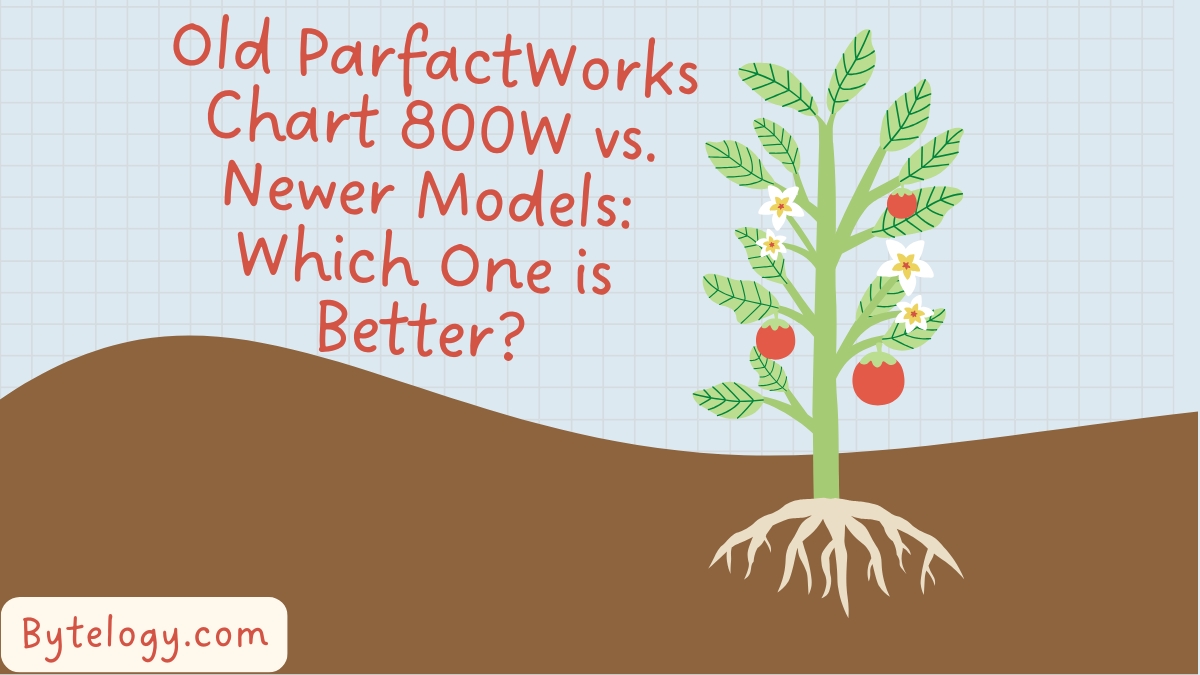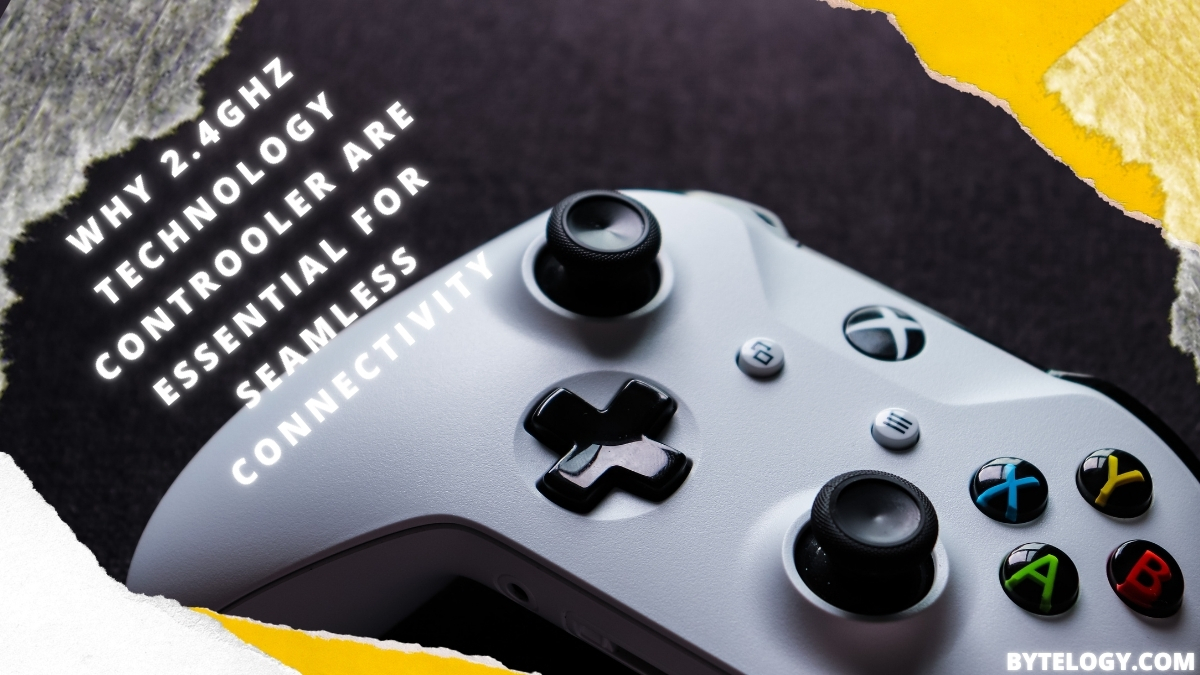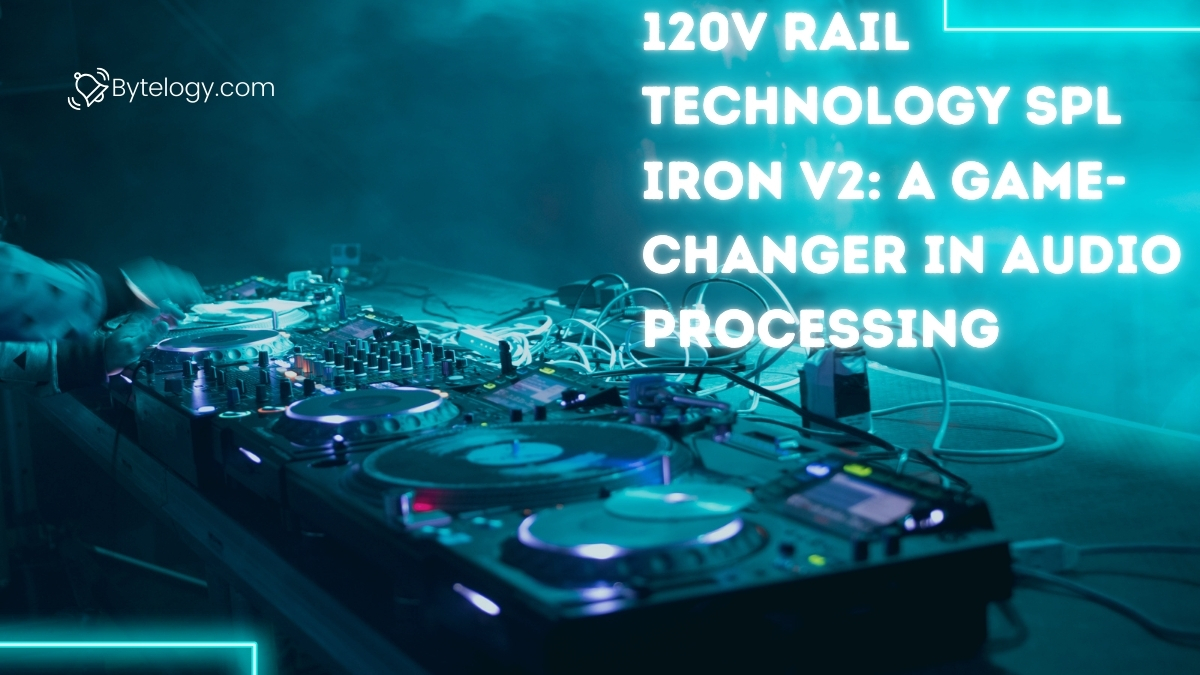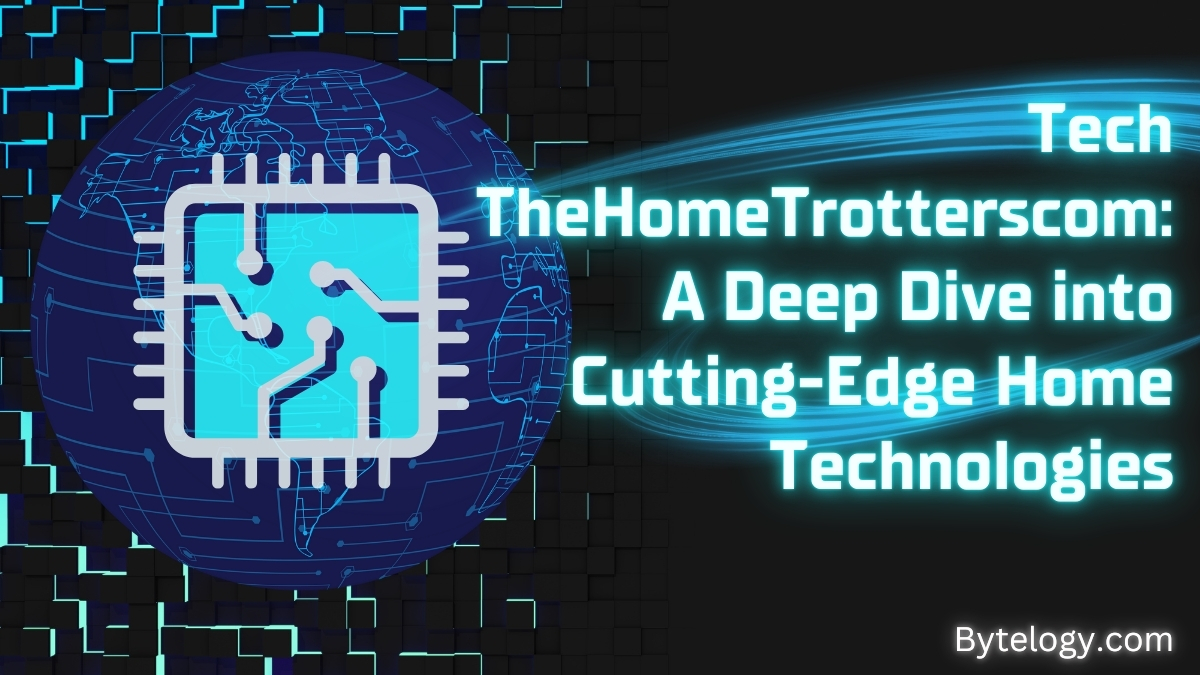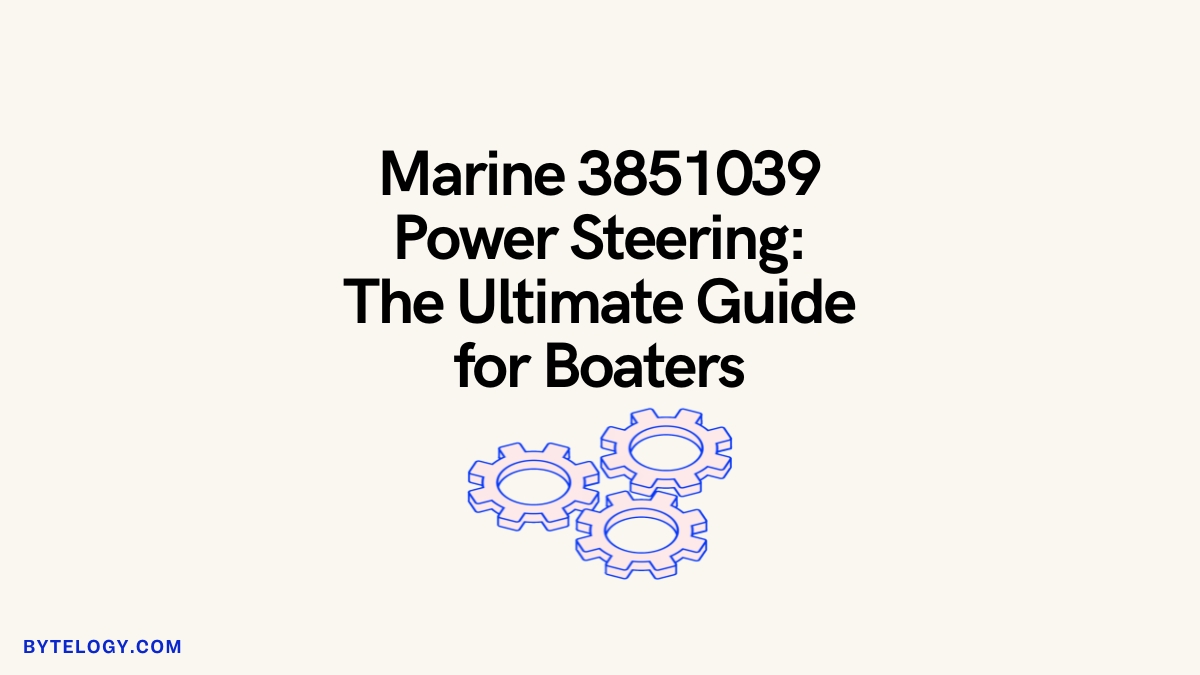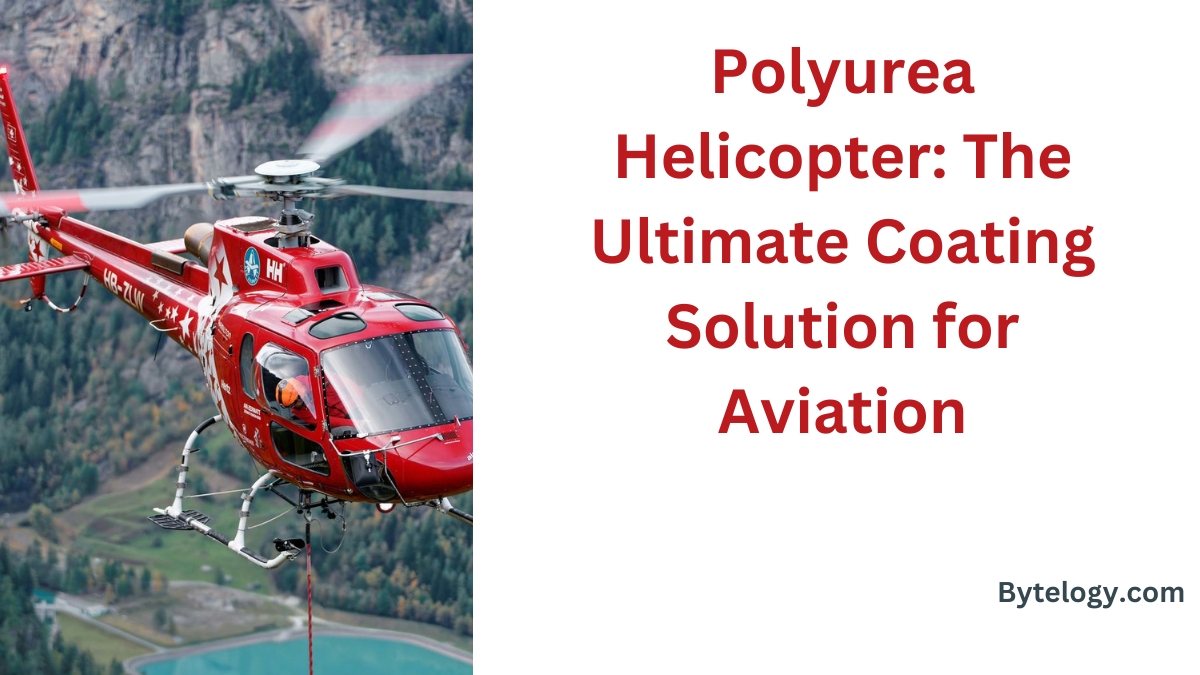
The aerospace industry usually seeks innovative ideas to boost aircraft overall performance, durability and safety. One of the most exquisite breakthroughs in recent years is using polyurea coatings on helicopters. Known for their great electricity, flexibility and resilience to severe climatic conditions, polyurea coatings have been a game-changer for helicopter protection and safety.
What is Polyurea?
Polyurea is an elastomeric substance fashioned through the interaction of an isocyanate with a synthetic resin mix. The final result is a strong and adaptable coating mentioned for its remarkable flexibility, chemical resistance and quick therapy features. Initially applied in industrial programs, polyurea has won a reputation in special regions, which includes aerospace, in which its qualities are rather prized.
The Role of Polyurea in Helicopters
Helicopters paintings in harsh environments, from searing warmness to bloodless temps. They are exposed to severe climate, particles and excessive vibrations, which can also cause wear and tear through the years. The use of polyurea coatings offers a strong approach to conquer those troubles.
Here are the primary advantages of utilizing polyurea on helicopters:
Corrosion Resistance
Helicopters commonly encounter moisture, which may cause corrosion and rust. Polyurea works as an impermeable barrier, shielding vital components from oxidation and increasing the aircraft’s lifetime.
Impact Protection
Polyurea coatings give greater resistance to abrasions and impacts. This is critical for helicopter blades, which confront high-velocity debris during operation. The coating guarantees that the blades stay functional and efficient for long durations.
Chemical Resistance
Helicopters come into touch with numerous chemicals, such as fuel, hydraulic fluids and cleaning agents. Polyurea’s chemical-resistant characteristics avoid deterioration caused by extended contact to these compounds.
Lightweight Yet Durable
One of the key benefits of polyurea is its lightweight nature, which does not impact the helicopter’s aerodynamics. Despite its small weight, it delivers optimum protection, making it a great option for aircraft.
Thermal and UV Resistance
Helicopters commonly operate in areas with significant temperature changes. Polyurea offers great heat resistance and protects against UV radiation, maintaining the integrity of exposed surfaces.
Applications of Polyurea Coatings on Helicopters
Polyurea may be applied to different sections of a helicopter, including:
- Rotor Blades: To guard against erosion and collisions.
- Fuselage: To prevent corrosion and preserve structural integrity.
- Landing Gear: To boost longevity and decrease maintenance costs.
- Fuel Tanks: To guarantee resistance against fuel spills and chemical exposure.
These applications illustrate the adaptability and efficacy of polyurea coatings in the aviation industry.
The Future of Polyurea in Helicopter
As technology progresses, the utilization of polyurea in helicopters is projected to grow. Researchers are always developing formulas to boost performance and respond to the special demands of the aerospace sector.
FAQs About Polyurea Helicopter Coatings
Q1: What makes polyurea superior to standard coatings for helicopters?
A1: Polyurea is brilliant due to its excessive durability, chemical resistance, short treatment time and lightweight features. Unlike fashionable coatings, it creates an easy and bendy defensive layer that could tolerate harsh instances without breaking or peeling.
Q2: Can polyurea be used in older helicopters?
A2: Yes, polyurea may be used for both new and older helicopters. For older models, it offers as an ideal choice to renew and preserve worn-out surfaces, prolonging the aircraft’s operating life.
Q3: How long does polyurea coating stay on a helicopter?
A3: The lifespan of polyurea relies on elements such as environmental exposure, use and maintenance. However, it often lasts for many years, frequently outlasting standard coatings by a wide margin.
Q4: Is polyurea ecologically friendly?
A4: While polyurea itself is not biodegradable, numerous formulations are produced with little or no volatile organic compounds (VOCs), making them safer for the environment and workers during application.
Q5: Are there any constraints to utilizing polyurea on helicopters?
A5: The biggest constraint is the necessity for specific equipment and knowledge during application. Proper surface preparation is also vital to achieve good adhesion and performance.
Q6: Can polyurea defend against harsh weather conditions?
A6: Absolutely. Polyurea coatings are intended to endure severe temperatures, UV radiation and moisture, making them excellent for helicopters operating in different climates.
Q7: Is polyurea coating expensive?
A7: The preliminary value of polyurea software may be extra than well known coatings. However, its resilience, reduced preservation needs and extended lifetime make it a value-effective alternative ultimately.
By the use of polyurea helicopter coatings, the aerospace enterprise is establishing new benchmarks for sturdiness, efficiency and safety in flight. As new improvements emerge, the importance of polyurea in safeguarding helicopters and different aircraft will clearly rise, reinforcing its fame as a cornerstone of present day aviation preservation.

